15 days India and Nepal
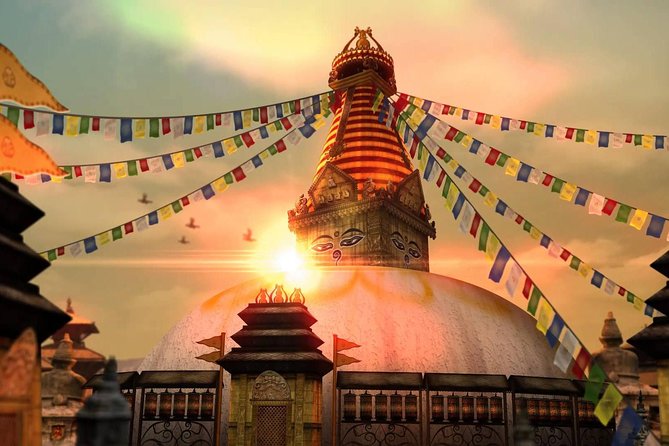
Overview
- Stay in the legendary capitals, Delhi and Kathmandu, with plenty of time to see their most iconic sights, plus visit India’s
spiritual capital, Varanasi. - See the region’s most famous landmarks, including the Taj Mahal and Agra Fort.
- Explore Chitwan National Park, home to one of the last populations of single-horned Asiatic rhinoceros, on a safari, learn
more about their work conserving crocodiles, and wander through a local village. - Get a taste of local life with a river boat ride down the Ganges in India and a talk from a local Sherpa who treks through
The Himalayas in Nepal. - Marvel at the wonders of Nepal, with a scenic boat ride across Lake Phewa, and enjoy a fascinating talk from a retired
Gurkha at the Gurkha Museum.
The Signature Tour option includes all of the above as well as:
- Experience Ganga Aarti – an ancient Hindu ceremony – on the banks of the Ganga River.
- Marvel at the summit of Mount Everest from 21,000 ft on a sightseeing flight over the Himalayas.
- Catch the sun rising over the Annapurna Mountains on an early morning trip to Sarangkot Hill.
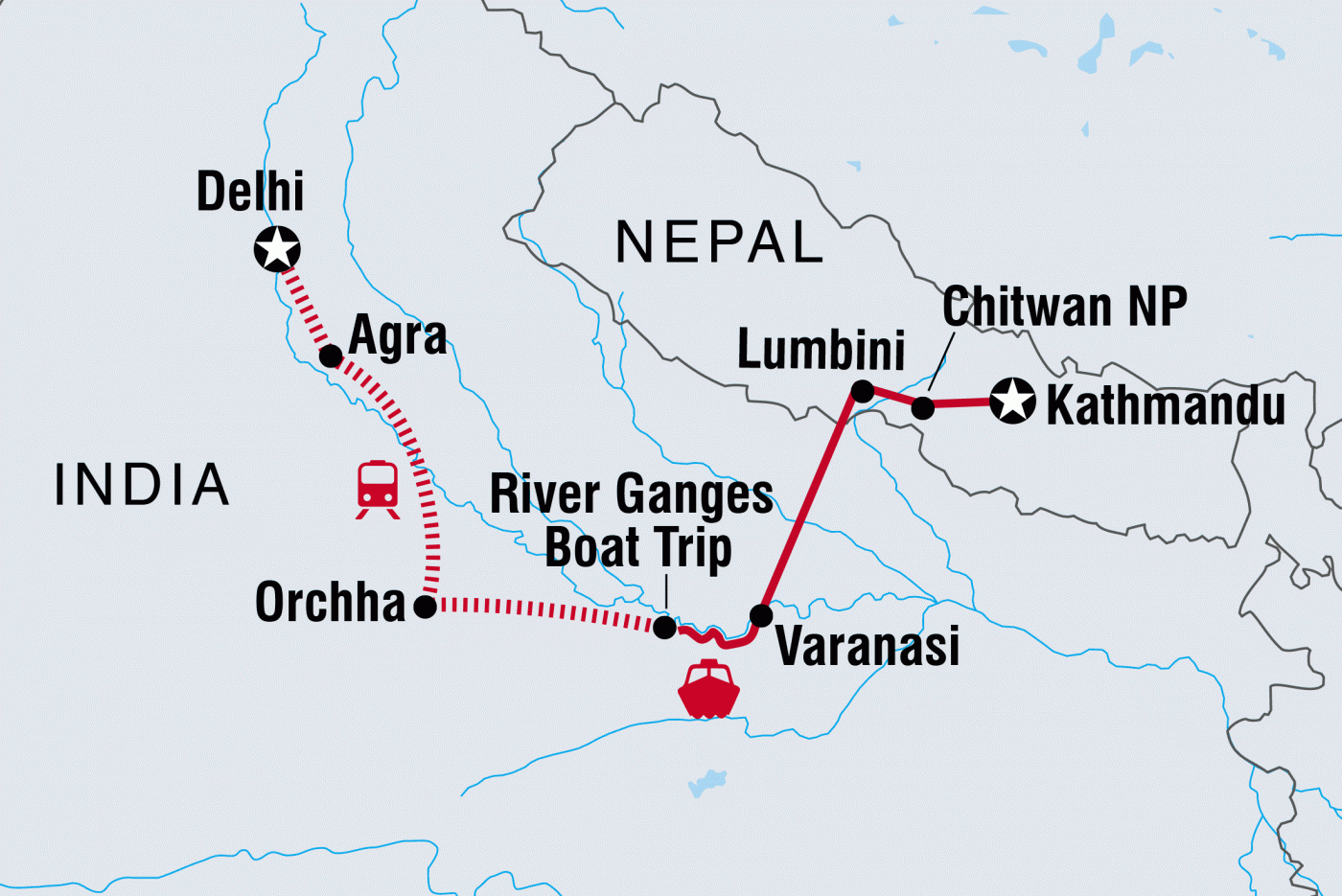
Tour Plan

Guided tour of New Delhi
Arriving in Delhi, we’ll transfer to our hotel for a short rest before
beginning our exploration in earnest.
New Delhi
On a guided tour, we'll enjoy our first introduction to New Delhi. The city
centre, designed by Sir Edwin Lutyens in 1911, is bisected by wide,
tree-lined avenues, a hub which clearly reflects the Raj legacy and home to the former Viceroy’s Palace, now
the Presidential Palace. We’ll visit some of Delhi’s older monuments, including the Qutub Minaret, which started
construction in 1199. Soaring 240ft above the Delhi skyline, it's the tallest stone-built tower in India and one of
the capital's most iconic monuments.
Returning to our hotel, we'll enjoy the rest of the afternoon at leisure to relax before dinner this evening.
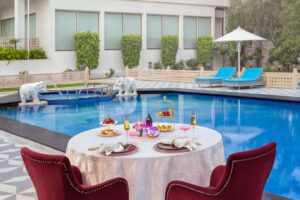
Guided tour of Delhi
Rickshaw ride
Delhi
After breakfast at our hotel, we'll begin our tour in Delhi. Starting at Raj
Ghat, a peaceful park on the banks of the Yamuna River. Here,
Mahatma Gandhi was cremated, following his assassination. The
poignant spot is marked by a simple black platform inscribed with what
are said to be Gandhi's final words, Hai Ram ("Oh, God").
Our tour will also pass India Gate, Parliament Building and Humayun’s Tomb before we hop aboard a bicycledriven rickshaw for an exhilarating ride through the narrow streets of Chandni Chowk, one of India’s oldest
markets.
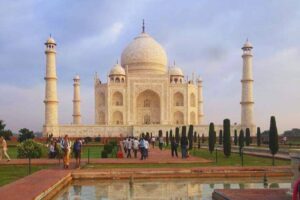
Guided tour of the Taj Mahal
Guided tour of the Agra Fort
We’ll be heading out early today to see this stunning marble palace is known as the 'Crown Jewel of India'.
Built to house the tomb of Mumtaz Mahal - Emperor Johan's wife - it took 20,000 men 22 years to finish it. A combination of extraordinary craftsmanship, meticulous symmetry and abundant history makes this wonder of the world one of the most amazing monuments on the planet - and you'll have plenty of time to marvel at it from all angles.
The tour continues with a visit to the red sandstone Agra Fort. Completed in 1573, it was the headquarters of the Mughal Empire, boasting vast size and opulence; its buildings make it more of a walled palace than a fort.
Agra is known for its bustling markets, home to artisans, jewellers, embroiders, carpet makers and weavers who come here to sell their precious wares, so we couldn't miss the opportunity to shop. Agra is especially famous for its leather products – they'd make a lovely, high-quality souvenir.
Free time in Agra. Later in the afternoon, you’ll be able to enjoy some free time.

Guided tour of Orchha Fort
Orchha
Leaving Agra this morning, we'll head to the train station and board the comfortable, air-conditioned Shatabdi Express - the pride of Indian Railways.
On arrival in the small town of Orchha, we'll take a tuk-tuk through the narrow, winding streets to the Orchha Fort Complex. While the Orchha Fort is less well known than other forts in India, it is equally magnificent - even in its unrestored, naturally weather-worn condition. Built in the 16th century as memorials to its Bundela rulers, it's a fusion of Rajput and Mughal architecture, flamboyantly decorated with latticed windows, projected platforms and balconies and mirrors on ceilings, with faded artwork still visible on the walls.
Travel to Khajuraho
We'll head to the local heritage hotel for lunch before continuing to Khajuraho by coach. On arrival, we'll check into our hotel and spend the evening at leisure.
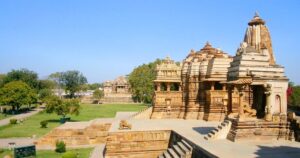
Guided tour of the temples of Khajuraho
The temples of Khajuraho
This morning, we'll visit the temples of Khajuraho. Originally, 85 temples, built between the 10th and 12th centuries, only 22 remain in this historic UNESCO World Heritage site. As we explore this brilliant example of medieval Indian architecture, our local guide will explain the meaning of some of the temples and the external carvings. While some of these carvings depict battle scenes, others are erotic, sensuous carvings of the Kama Sutra. They're quite saucy!
Travel to Varanasi
After our guided tour, we'll head to the airport for an internal flight to Varanasi, one of India's most ancient cities and a site of pilgrimage. Upon arrival, we'll head to the hotel to check in.
This evening, we'll enjoy our first Signature experience: a boat ride on the Ganges to see the Ganga Arti.
Signature experience:
Tonight, we'll board a boat and travel down the lifeblood of Varanasi, the Ganga River, to see the Ganga Aarti.
This ancient Hindu religious practice, held on the banks of the river every morning and evening, is a ritual to seek blessings and appreciation for the divine river goddess Ganga. A sense of peace and wonder falls over the experience as the low light, chants, and music create a spiritual ambience. The ritual draws large crowds of locals, travellers, sadhus and more who gather to witness this beautiful evening sacred prayer. Sailing on the boat allows us to enjoy a comfortable place to watch the ritual without the crowds.
After the ceremony, we will sail back up the river to board the coach and transfer back to our hotel in time for dinner.
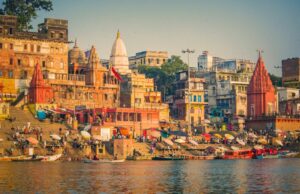
Sunrise boat ride on the Ganges
Guided tour of Varanasi
Guided tour of Sarnath
We'll rise early this morning for a boat ride to witness the breathtaking sunrise over the Ganges. After this magical moment, our journey will take us to Manikarnika Ghat, the largest and most auspicious cremation pyre, where every day around 100 bodies are cremated. Hindus believe that being cremated in Varanasi will help them achieve "moksha," liberation from the cycle of death and rebirth. The ancient city is revered as sacred and experiences a high demand for funeral ceremonies every day. You're likely to see mourners gather and the riverbank glowing from the flames, as the deceased are burned.
Returning to the hotel for breakfast, we'll then have a short walking tour of the city. Varanasi is an assault on the senses, incense-scented smoke wafts through the air, people fill the streets, and there's a gentle, ever-present hum of chanting. You’ll hear horns tooting and people going about their day as they make their way through the streets and narrow alleys filled with traders and shops.
This is followed by a visit to Sarnath, a revered religious city, commanding deep respect from Buddhist followers worldwide. It was here, in the tranquil setting of Deer Park, that Buddha gave his first sermon after attaining enlightenment.
Later, we'll return to the hotel and spend the evening at leisure in the hotel.
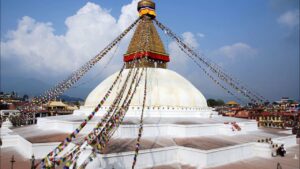
Guided tour of Boudhanath Stupa
After one last breakfast in India, we transfer to the airport for a short flight to Kathmandu. Upon arrival, we'll transfer to the hotel and check in.
From this point onwards, the pace of life seems to change. Nepal is a stark contrast to India; everything seems to slow down. The traffic is still crazy, but nothing like India. It's quieter too - even down to the horns tooting in traffic. This afternoon, we'll visit the 14th-century Boudhanath Stupa, Tibetan in origin and one of the holiest Buddhist temple sites. Boudhanath is a place steeped in ancient traditions and spirituality, the ambient sounds of chanting and praying from other small temples fill the air, giving it a serene, almost magical, atmosphere. You'll have time here to walk all the way around it, should you want to. Pilgrims walk clockwise in a practice called pradakshina or parikrama, which shows respect and is said to accumulate merit and purify karma. You may have the opportunity to peek inside and see the Buddhist priests blessing locals.
Don’t forget to spin the prayer wheels that can be found here, Tibetans believe that spinning the wheel is the best way to repent for your past sins and bring good luck for the future.
The street surrounding the stupa is filled with traders and shops selling lamps, clothes and other goods, so when you're done exploring the spiritual, you can meander through the stalls. afterwards we will go back to the hotel for dinner and rest overnight.
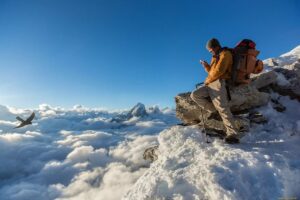
Guided tour of Durbar Square
Talk from a Sherpa
We'll begin with a Signature experience of bucket list proportions. There aren’t many people who can say they have experienced this spectacular view of Everest, but after today you can.
Kathmandu
sightsee in Kathmandu, with a visit to Durbar Square. The city's kings were once crowned and ruled from here, and the square remains the traditional heart of the old town. Most of the square dates back to the 17th and 18th centuries and was designated a UNESCO World Heritage Site in 1979. Although damaged in the 2015 earthquake, the incredible selection of Nepalese architecture and temples have been restored and now look breathtaking.
Signature experience:
It's an early morning start and it's worth it. We'll head to the airport for our flight over the Himalayas. On this 45-minute flight - in which everyone has a window seat - we climb to around 21000 ft, above the clouds and from here you can see the Himalayan Mountain range. Our flight path takes us over the Everest region, a stunning and mesmerising Himalayan range with over 90 peaks reaching beyond 5000m above sea level. Its crowning jewel is the summit of Everest, which stretches higher above the rest.
Please note: The excursion is dependent on weather conditions. We have one other opportunity to take this flight on day 10, should the weather prevent us from enjoying the experience this morning.
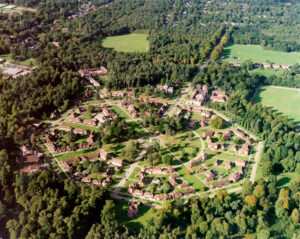
Guided walking tour of local village
After breakfast, we'll bid goodbye to Kathmandu and take a scenic drive to Nepal's most famous wildlife reserve, Chitwan National Park. Nestled beneath the Himalayas, this park covers an area of 367 square miles and is home to several species, including the black rhino, deer, foxes, sloth bears and, of course, the elusive tiger.
On arrival, we will check into our jungle lodge, where we stay on a full board basis. All the rooms are air-conditioned, with an ensuite
bathroom and views over the surrounding gardens. There is also a swimming pool and a terraced area overlooking the river and jungle - at the beginning and end of the day, it's a great place to spot crocodiles and rhinos.
This afternoon, we'll enjoy a guided walk through a Tharu village, home to an ethnic group indigenous to southern Nepal and northern India. Here, we'll see how the locals thrive living and working in this peaceful environment in the same traditional manner as previous generations. We'll also pass banana plantations and crop fields, which grow maize or other vegetables and even rice paddy fields, depending on the season. As we walk, we’ll see the residents at work in the fields, preparing food and tending their animals.

Scenic canoe ride
Visit to the crocodile conservation and breeding centre
Afternoon safari in Chitwan National Park
Refuelled by an early breakfast, we'll head out into the jungle for a trip
down the Rapti River in dugout canoes. On our leisurely ride, you might spot some crocodiles sunbathing on the banks of the river or hear the splash of waterbirds, fish and other aquatic creatures. We'll visit the crocodile conservation and breeding centre, where we learn about their breeding programme, which protects the eggs from predators such as mongooses and humans (who believe the eggs to be an aphrodisiac).
Afternoon safari We'll return to the hotel for lunch and have the afternoon to relax before an afternoon safari.
Exploring the park
in specially adapted 4x4s, we'll be led by an expert local naturalist to spot rhinos, wild boar, deer and, if we're lucky, tigers. They’ll explain more about the environment surrounding us.
As we return to the hotel, our expert will finish with a fascinating presentation on the local flora and fauna, with the opportunity to ask any burning questions.
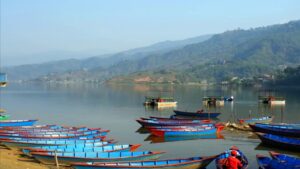
Boat ride across Lake Phewa
This morning, we'll head north by coach to Pokhara - a small town in central Nepal, surrounded by the Annapurna Mountain Range and located on Lake Phewa. Arriving in time for lunch, we’ll check into our hotel and enjoy a few hours to relax before reconvening this afternoon.
Boat ride on Lake Phewa:
The best way to admire the scenery is from the water, so this afternoon we'll take a boat ride across Lake Phewa. As well as incredible views of the mountains, we'll see reflections of the white, snow-covered peaks in the mirror-like waters of the lake. The atmosphere is so serene at the centre that the only noise you'll hear is that of birds in the distance.

Guided tour of the Gurkha Museum
Free afternoon in Pokhara
Gurkha Museum
This morning we'll visit the Gurkha Museum, home of the British Gurkha Camp, the main recruitment centre of the British Army's Gurkha continent. Pokhara is home to many Gurkha soldiers, so we'll honour that legacy during our visit. The museum commemorates their history and influence on the British Army and the Indian Army through hundreds of photographs of regimental life. We'll also see items they used, the uniforms they wore and the medals they won, including details about the Victoria Cross winners, the highest medal for bravery.
Free afternoon in Pokhara After a busy morning, you can spend the afternoon relaxing at the hotel or perusing nearby markets for local handicrafts. You'll find everything from Pashminas, singing bowls and jewellery to dried spices - even khukuri (The Gurkha Knife) - on offer in the vibrant array of stalls.
Signature experience:
Wake early to catch the sunrise over the Annapurna Mountain Range. We'll take an early morning coach trip to Sarangkot Hill, where we'll take a short, steep walk to the lookout point. As we stand at the 360-degree lookout point, we'll watch the mountain peaks turn from soft pink to shimmering gold as the sun climbs higher until its light reaches the valley below and Lake Phewa. There are only twelve peaks in the world that tower over 25,00 feet - astonishingly, eight of them are in Nepal. If the weather favours us, from this spot, we'll be able to see three - the sight is truly breathtaking. We will go back to the hotel for breakfast.

We fly back to Kathmandu and complete our sightseeing. We will have a farewell dinner in the evening.
We go to the airport and fly back home.

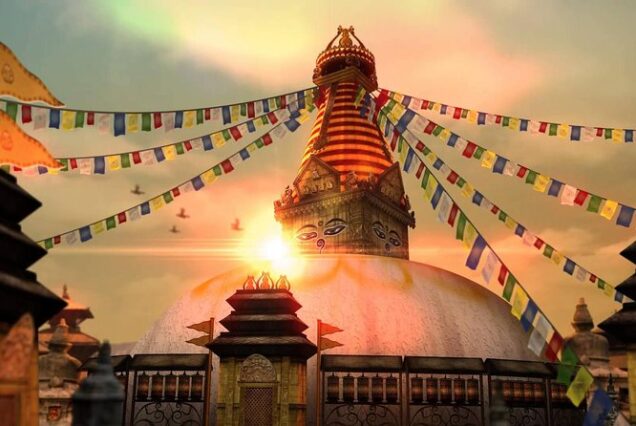

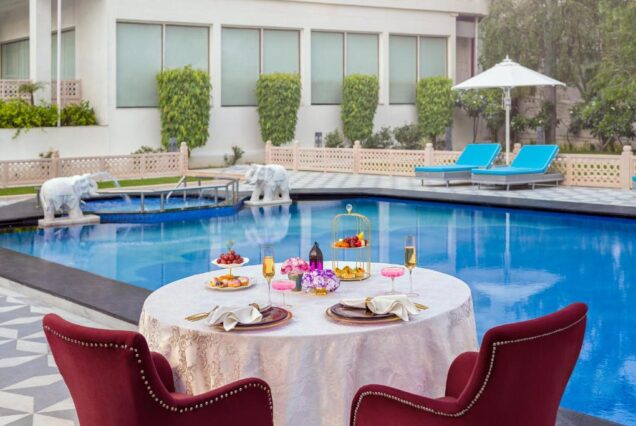
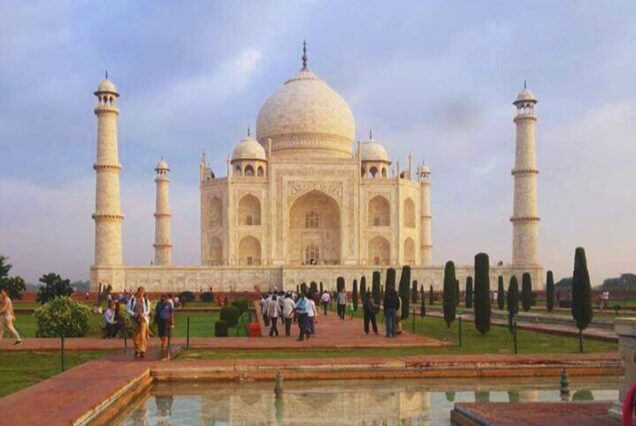
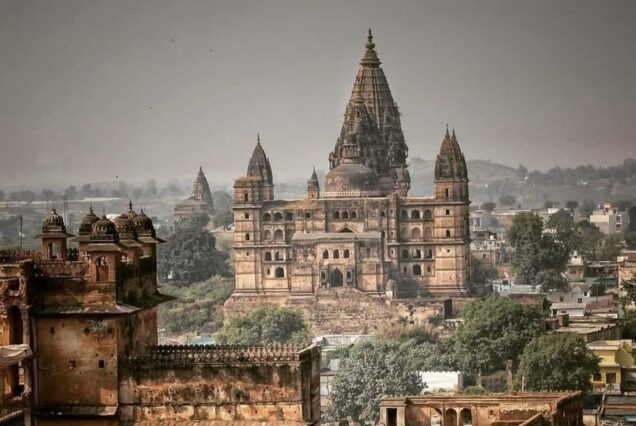

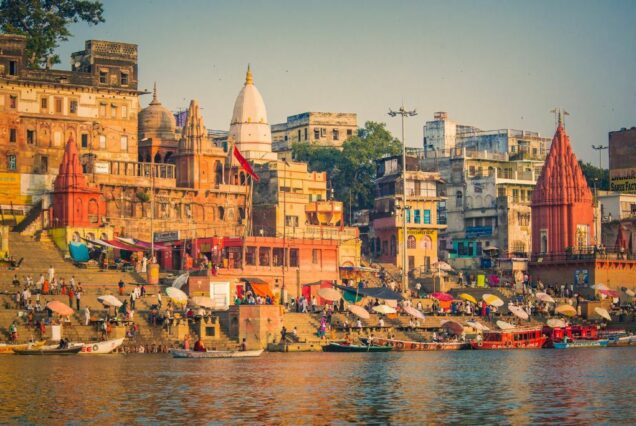
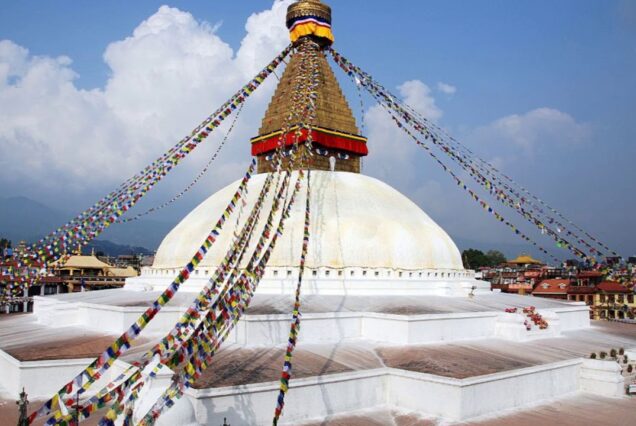
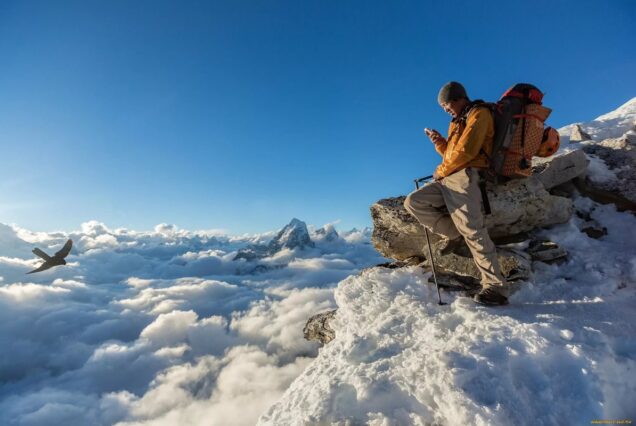

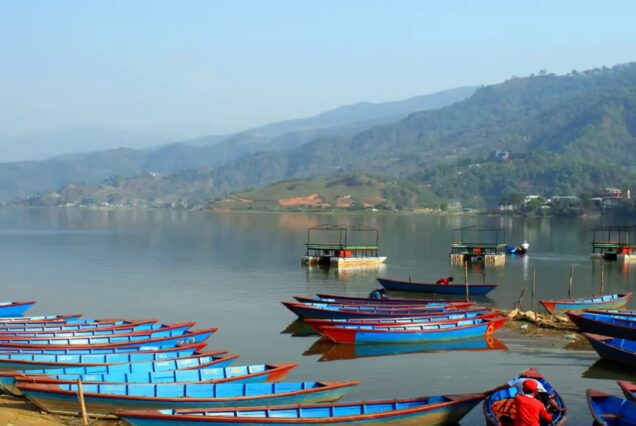
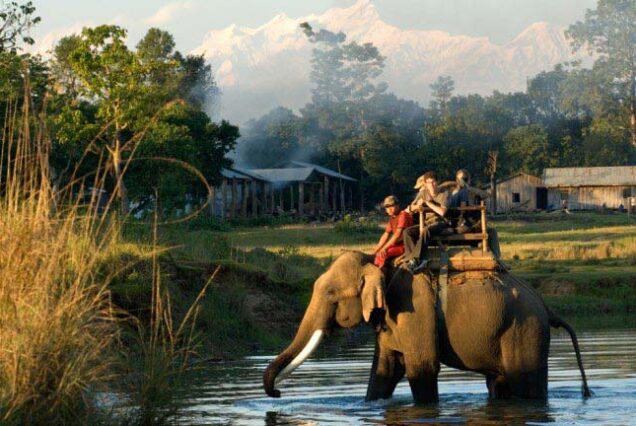
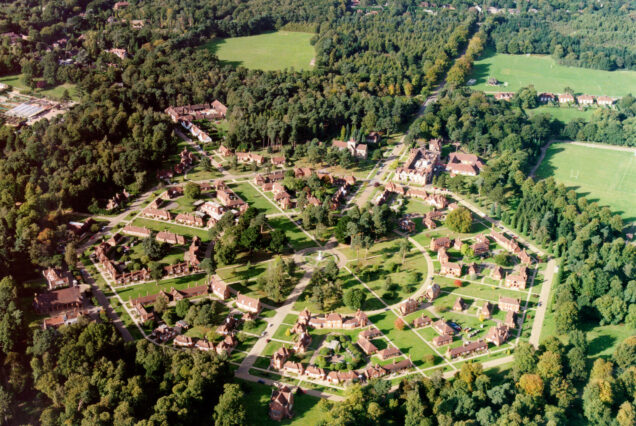
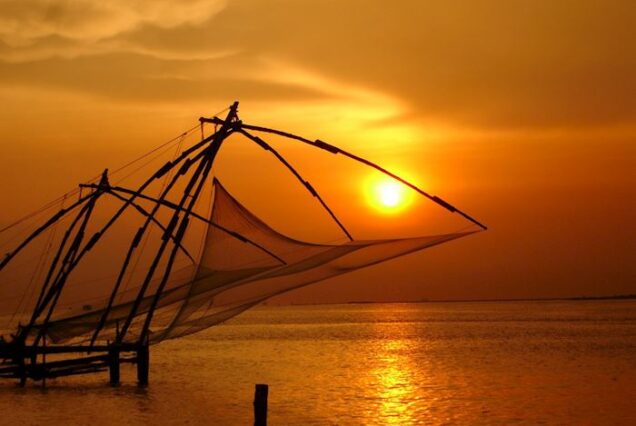



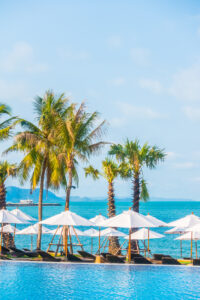
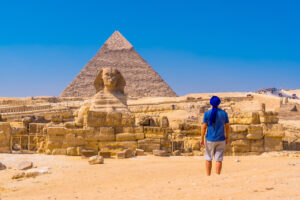
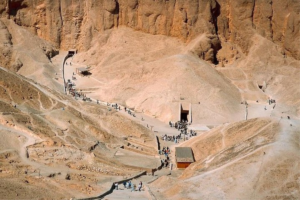


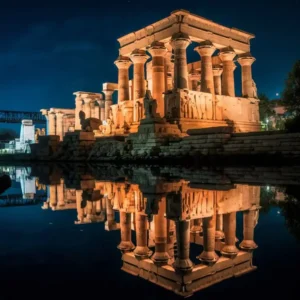
Reviews
There are no reviews yet.